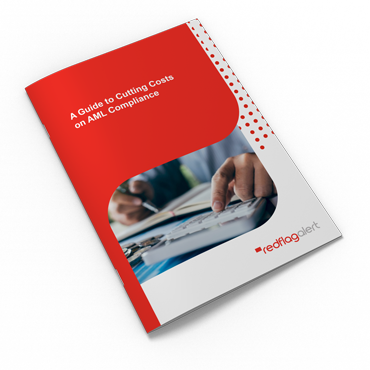The death of the UK high street continues to dominate the headlines, and disappointing Christmas sales for many retailers won’t help.
In 2019 alone, over 143,000 jobs were lost and over 16,000 shops closed. ‘Tough trading conditions’ is the line often used by executives trying to make sense of poor results.
However, some retailers are still managing to succeed in the current climate, showing that with the right strategies and an innovative mindset, physical retail can still be profitable.
One of the most successful stores in recent years has been Selfridges, and here we look into what they’ve done in a bit more detail to uncover the secrets of their success.
From Strength to Strength
Over the past few years, Selfridges has gone from strength to strength, posting continued sales growth and maintaining excellent profit margins. In 2019, Selfridges’ full-year sales rose 6% to £1.85bn, and operating profits were £170m – down slightly on the year before only due to investment in the flagship store.
Selfridges reported a strong Christmas 2019, while competitor John Lewis reported a 2.3% decline and warned that it might cancel its annual bonus for the first time due to another big fall in profits. So what is Selfridges doing so differently, and can others emulate its success?
Selfridges has employed a multi-pronged approach to its strategy: it’s not resting on its laurels and has chosen to invest in both physical and digital sales channels.
Global Ambitions in a Digital World
Selfridges’ digital strategy is comprehensive. It has not only invested in its website and mobile app, but also its Chinese language website to tap into a lucrative international market. Alongside this, it has improved how online orders are delivered both in the UK and internationally with its Selfridges Plus subscription service.
This investment in delivery is an astute recognition of one of the major potential pain points for customers when shopping online: slow, expensive delivery. For an annual fee of £10 (or £40 outside Europe), customers get unlimited free next-day delivery.
This is proving to be a key way for online retailers to build loyalty, as seen with other similar successful schemes such as Amazon Prime and ASOS Premier. It’s a demonstration of how customers want an improved experience rather than additional rewards provided by more traditional loyalty reward schemes.
This focus on customer experience also guides Selfridges’ in-store strategy.
Quality Not Quantity
Selfridges has only four physical locations, and all are in densely populated major city centres. This has helped them to focus their efforts on improving the in-store experience for customers. It also makes them much more agile and is a major competitive advantage over other department stores, who have much larger portfolios: John Lewis, for example, has 51 large stores to consider when making changes.
Still, without the right strategy, these stores could have floundered in those tough trading conditions we’ve heard about. But Selfridges’ commitment to its founding vision that a department store should be a destination in itself has bolstered sales.
It recently invested £300m into its flagship Oxford Street store in Central London, including a circular bar, a Japanese flower market, and even a cinema. Managing Director Anne Pitcher, sums up the shopping experience: “At Selfridges, you can buy flowers, have a glass of champagne, meet a girlfriend and walk around the space, which is architecturally enjoyable.” Other department stores with tired furnishings and half-empty shelves, don’t measure up.
At the same time, the current political uncertainty that has weakened consumer confidence in the UK and harmed sales for other high street retailers, has worked in Selfridges’ favour in one way: it has boosted the luxury market, as foreign visitors are attracted by the weaker pound and the chance to grab a designer bargain.
Combining all of this leads you to the success story we see today in Selfridges’ strong, resilient results.
Red Flag Alert Can Help You Spot Winners
Red Flag Alert provides real-time business data on 6.5 million UK businesses to help you make an accurate assessment on the health of a business. Our software considers 114 data points to arrive at a health rating that predicts insolvency.
Selfridges has good gearing, borrowing and capital ratios, and liquidity is strong. The ratio between shareholder funds and net worth has been consistently good at 0.67%. All of this points to a very healthy company, and so it has a Red Flag Alert rating of gold. Gold-rated companies have sound financials, and are considered to be very low risk. You can feel very confident in extending credit to these companies.
Red Flag Alert is the UK's most comprehensive credit management tool. To discover how your business could benefit from Red Flag Alert's rich data set to protect and improve your decision making, request a free trial today.



-4-2-3.webp)
-6-2-4.png)
-6-2.webp)